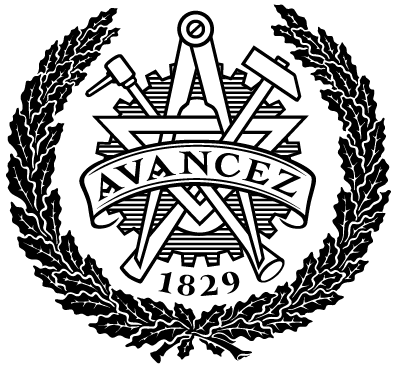Simulation and Assessment of Carbon Capture Processes Applied to a Pulp Mill
| dc.contributor.author | Hedström, Joakim | |
| dc.contributor.department | Chalmers tekniska högskola / Institutionen för energi och miljö | sv |
| dc.contributor.department | Chalmers University of Technology / Department of Energy and Environment | en |
| dc.date.accessioned | 2019-07-03T13:24:59Z | |
| dc.date.available | 2019-07-03T13:24:59Z | |
| dc.date.issued | 2014 | |
| dc.description.abstract | Global warming is a serious threat that could have catastrophic effects if emissions of greenhouse gases are not reduced drastically. This thesis evaluates the suitability for pulp mills to help in reducing these emissions with focus on carbon capture and storage (CCS) technologies. This industry is based on a renewable feedstock that can be used to reduce greenhouse gas emissions by replacing fossil fuels in transportation or heat and power generation. Furthermore, capturing CO2 from pulp mills would result in a \negative" net emission that would reduce the global CO2 emissions. Three future scenarios of the pulp mill are considered. The first scenario assumes the pulp mill is run as the present day situation and that post-combustion capture of CO2 using the MEA processes is applied to the stack gas emissions from the recovery boiler. In the second scenario the recovery boiler is substituted with black liquor gasification technology and the produced syngas is used for electricity production. Pre-combustion capture of CO2 using the Selexol process is applied in this scenario. The third scenario also utilizes black liquor gasification technology for recovery but the syngas is used to produce DME instead of electricity. Pre-combustion capture of CO2 with the Rectisol process is used in this scenario. Each scenario is divided into two cases; one with capture and one without capture. The cases are simulated using Aspen Plus and the utility consumption of the processes is determined. Pinch analysis is used to reduce the utility demand. All process equipment is dimensioned to provide a basis for an investment cost analysis which is performed by an external partner. The results from the simulations are used in an overall energy and mass balance of the pulp mill which determines the additional resource consumption associated with carbon capture. The resource consumption together with the investment cost is used to calculate a total cost for carbon capture. The scenario utilizing the MEA process shows the highest potential to offset global CO2 emissions with a net reduction of 715 ktCO2/year at a capture cost of 431 SEK/tCO2. The scenario with black liquor gasification for electricity production has the lowest net reduction with only 318 ktCO2/year and also the highest capture cost of 453 SEK/tCO2. The scenario with co-production of DME at the pulp mill has the potential to reduce global emissions with 393 ktCO2/year and a low capture cost of 88 SEK/tCO2. Today there exists an over-abundance of low price emission certificates, in Mars 2014 an emission certificate costed 5:0e. Hence, in none of the studied scenarios carbon capture was profitable. However, if the emission certificate market recovers then the pulp mill would be a suitable candidate for CCS. | |
| dc.identifier.uri | https://hdl.handle.net/20.500.12380/200034 | |
| dc.language.iso | eng | |
| dc.setspec.uppsok | LifeEarthScience | |
| dc.subject | Energi | |
| dc.subject | Energiteknik | |
| dc.subject | Energy | |
| dc.subject | Energy Engineering | |
| dc.title | Simulation and Assessment of Carbon Capture Processes Applied to a Pulp Mill | |
| dc.type.degree | Examensarbete för masterexamen | sv |
| dc.type.degree | Master Thesis | en |
| dc.type.uppsok | H | |
| local.programme | Innovative and sustainable chemical engineering (MPISC), MSc |
Ladda ner
Original bundle
1 - 1 av 1
Hämtar...
- Namn:
- 200034.pdf
- Storlek:
- 2.24 MB
- Format:
- Adobe Portable Document Format
- Beskrivning:
- Fulltext
